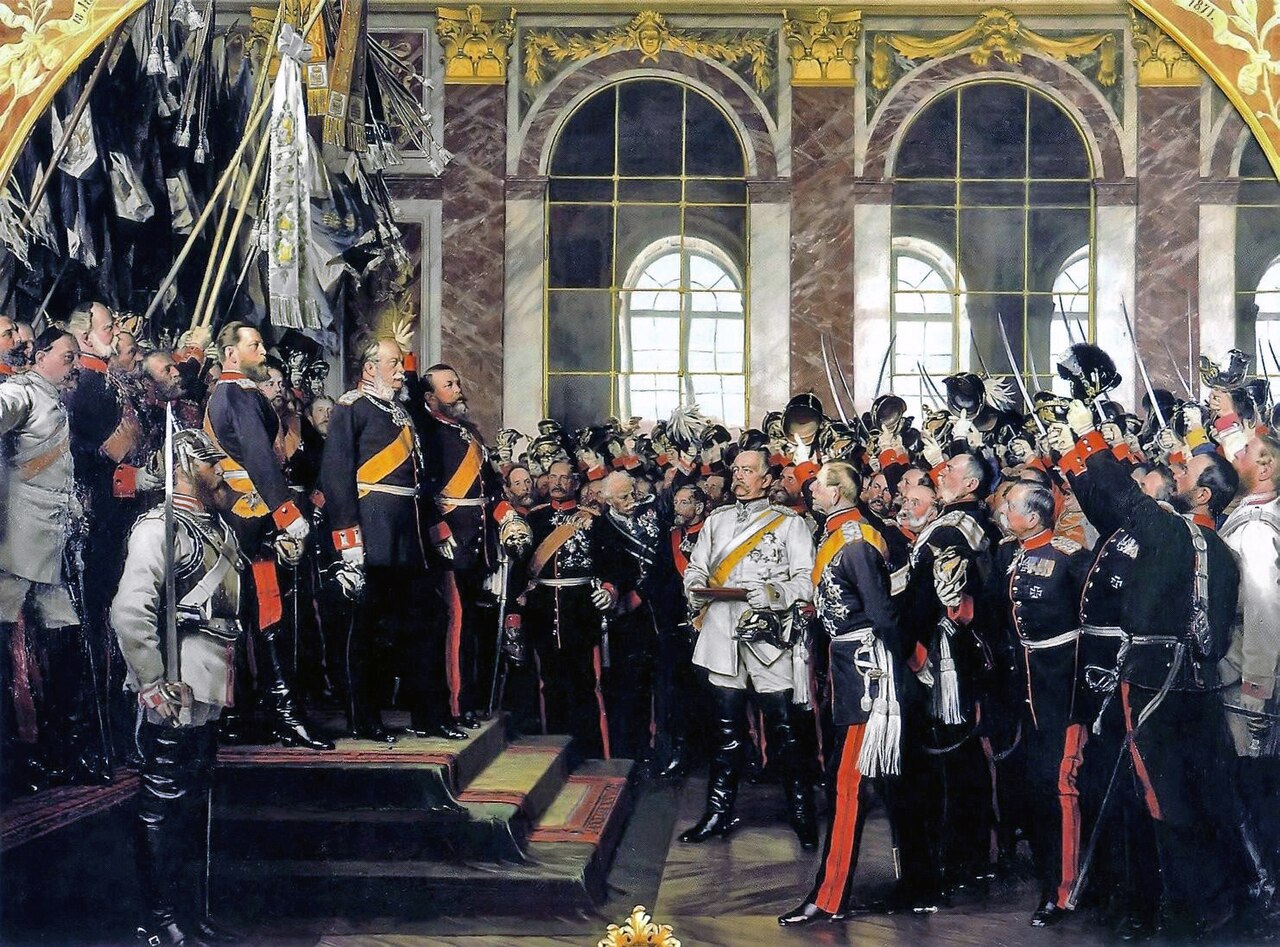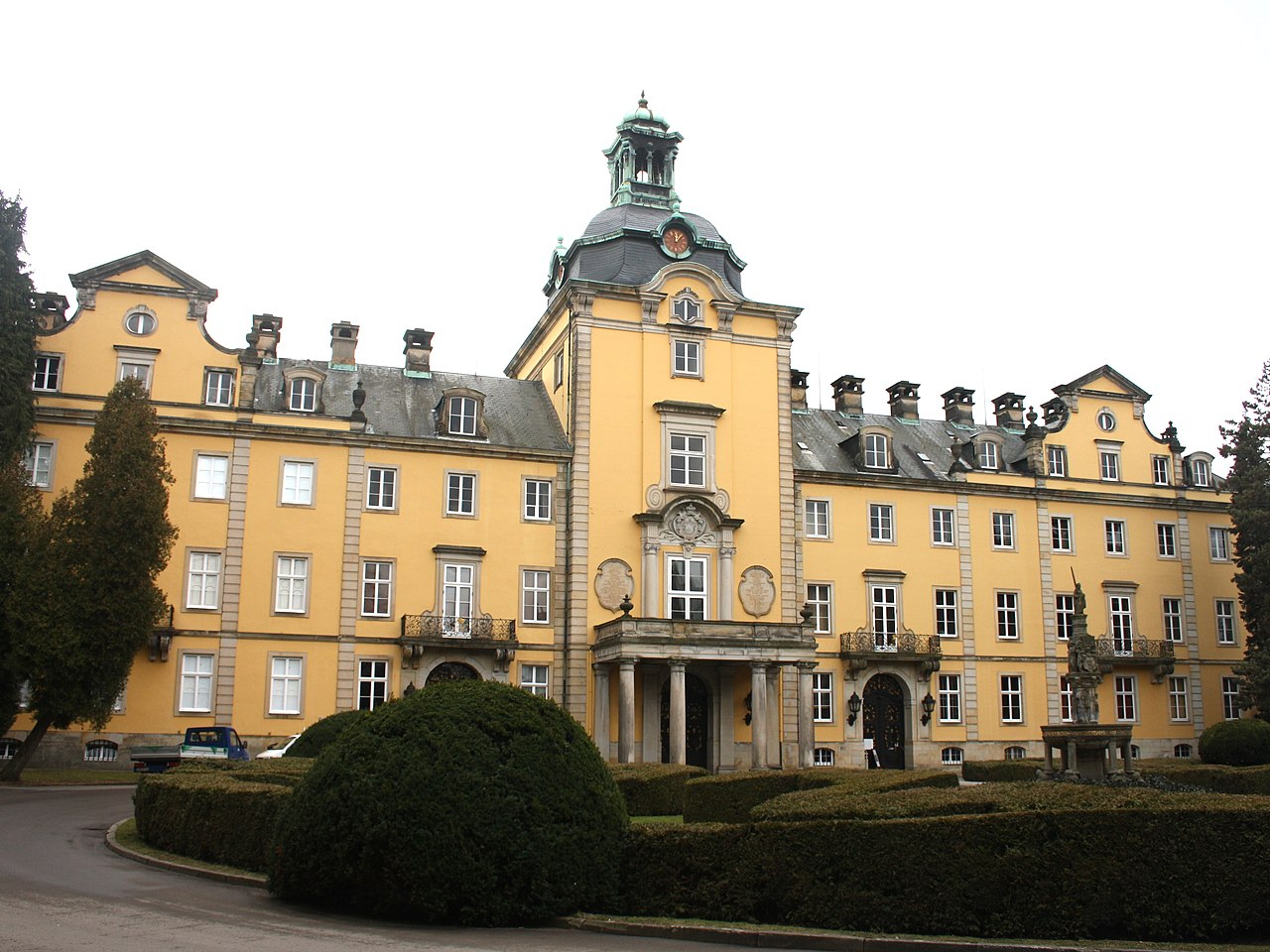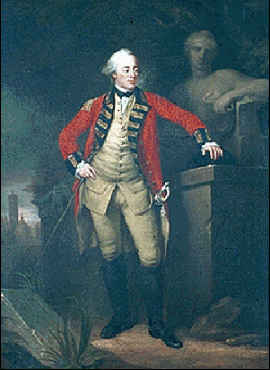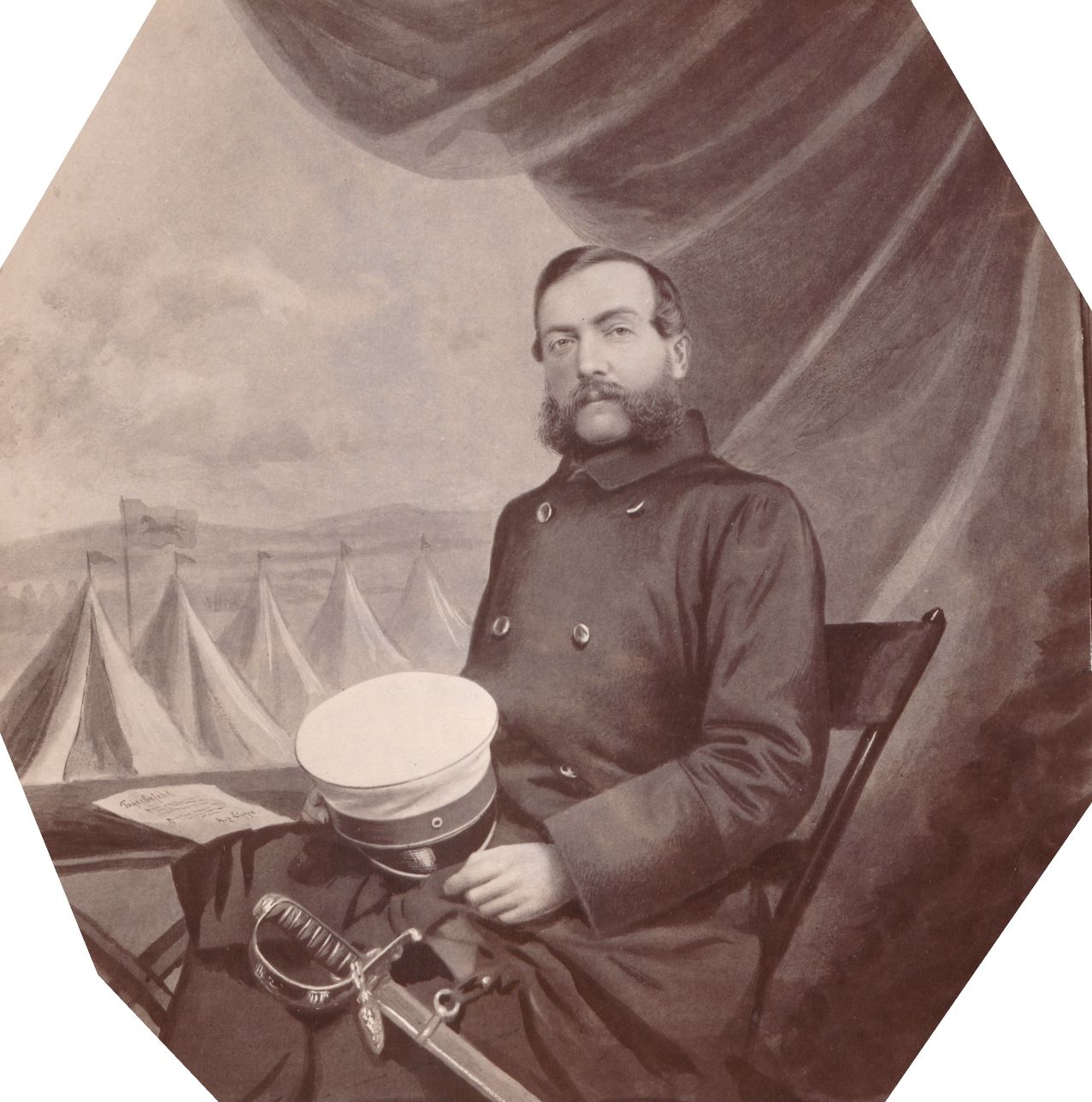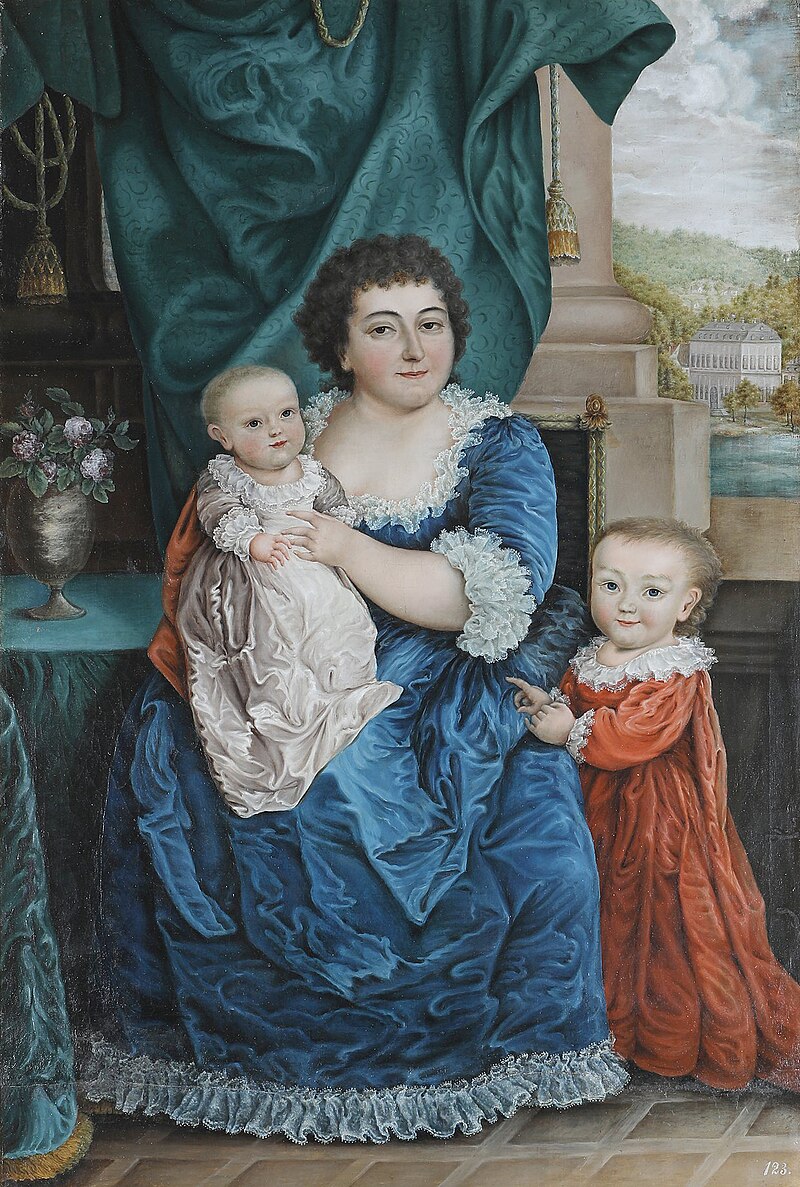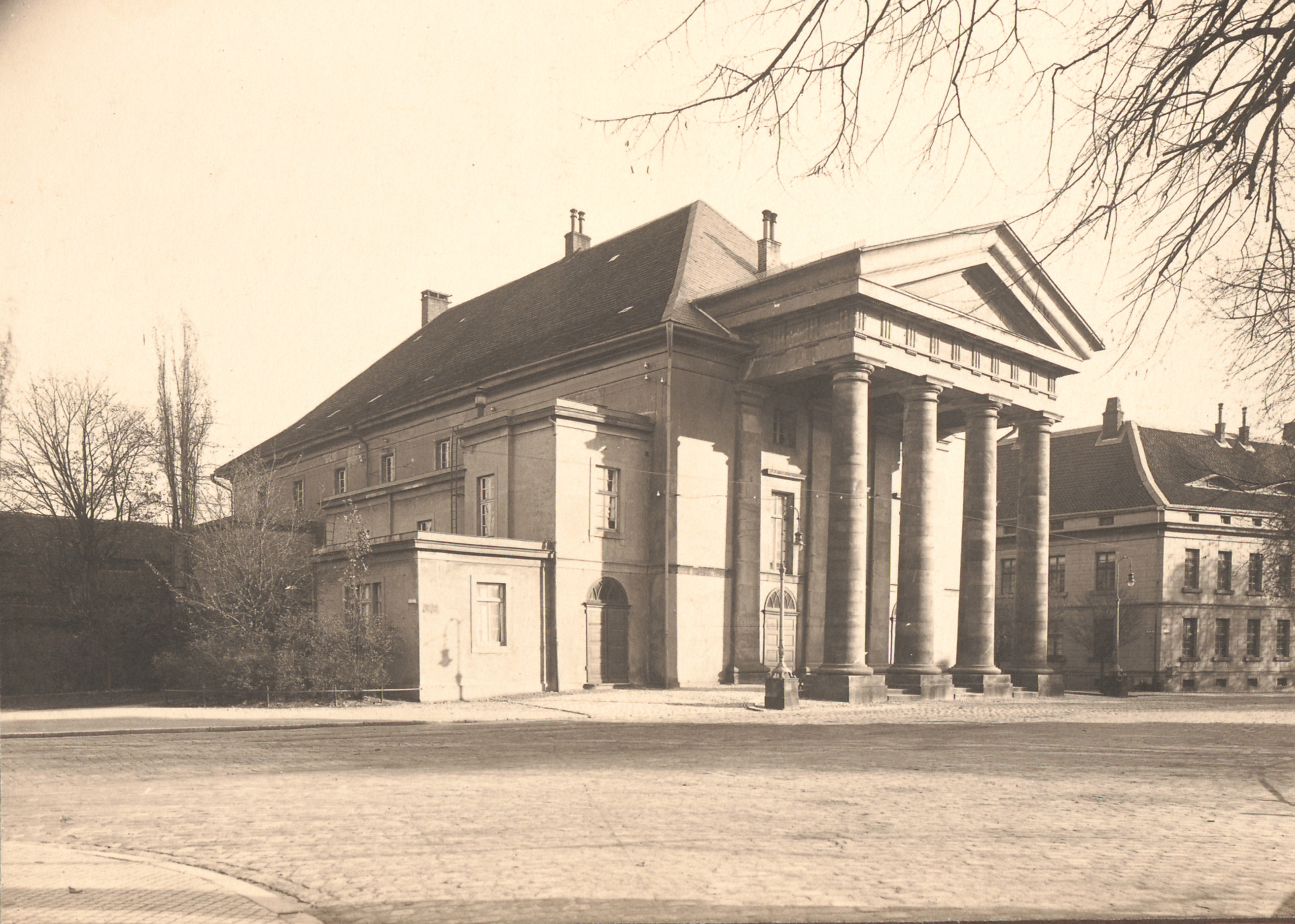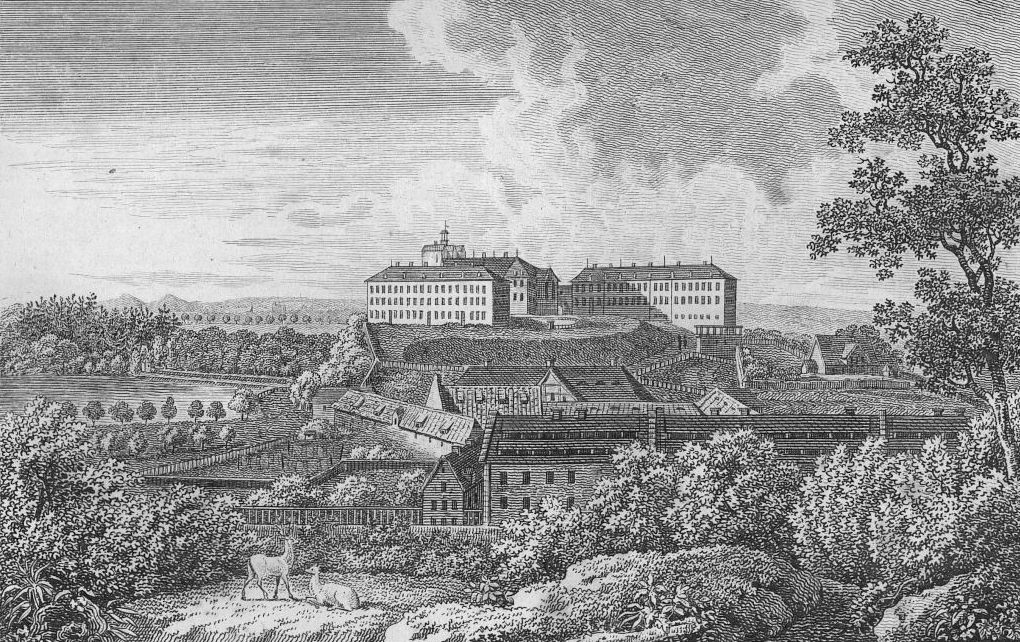by Susan Flantzer © Unofficial Royalty 2020
Principality of Schaumburg-Lippe: In 1647, the County of Schaumburg-Lippe was formed through the division of the County of Schaumburg by treaties between the Duke of Brunswick-Lüneburg, the Landgrave of Hesse-Kassel, and the Count of Lippe. In 1808, the County of Schaumburg-Lippe was raised to a Principality and Georg Wilhelm, Count of Schaumburg became the first Prince of Schaumburg-Lippe.
At the end of World War I, Adolf II, the last Prince of Schaumburg-Lippe, was forced to abdicate on November 15, 1918, and lived out his life in exile. In 1936, Adolf II and his wife were killed in an airplane crash in Mexico. Today, the land encompassing the Principality of Schaumburg-Lippe is in the German state of Lower Saxony.
********************

Georg, Prince of Schaumberg-Lippe; Credit – Wikipedia
On October 10, 1846, Georg, Prince of Schaumburg-Lippe (Stephan Albrecht Georg) was born at Bückeburg Castle (link in German) in Bückeburg, Principality of Schaumburg-Lippe, now in the German state of Lower Saxony. He was the eldest of the four sons and the second of the eight children of Adolf I, Prince of Schaumburg-Lippe and Princess Hermine of Waldeck and Pyrmont.
Georg had seven siblings but only five survived childhood:
- Princess Hermine of Schaumburg-Lippe (1845 – 1930), married Duke Maximilian of Württemberg, no children
- Prince Hermann of Schaumburg-Lippe (1848 – 1928), unmarried
- Princess Emma of Schaumburg-Lippe (1850 – 1855), died in childhood
- Princess Ida of Schaumburg-Lippe (1852 – 1891), married Heinrich XXII, Prince Reuss of Greiz, had one son and five daughters
- Prince Otto Heinrich of Schaumburg-Lippe (1854 – 1935), married morganatically Anna von Koppen, had two sons and one daughter
- Prince Adolf of Schaumburg-Lippe (1859 – 1917), married Princess Viktoria of Prussia, daughter of Friedrich III, German Emperor and Victoria, Princess Royal, eldest daughter of Queen Victoria, no children
- Princess Emma of Schaumburg-Lippe (1865 – 1868), died in childhood

16-year-old Georg, Hereditary Prince of Schaumburg-Lippe; Credit – Royal Collection Trust
Georg had a career in the military. After his initial military training, he studied at the University of Göttingen. He then served as an officer of the Schaumburg-Lippe Jäger Battalion. In 1867, after Schaumburg-Lippe signed a military treaty with Prussia and entered into a military union, a Prussian battalion, the 7th Westphalian Jäger Battalion relocated to Bückeburg, the capital of the Principality of Schaumberg-Lippe, and Georg transferred to the Prussian battalion with the rank of captain. Georg took part in the Franco-Prussian War (1870 – 1871). He later served in the 11th Hussar Regiment and the Life Guards Hussar Regiment (link in German) of the Prussian Army.

Engagement photo of Georg and Marie Anna, 1882; Credit – Wikipedia
On April 16, 1882, in Altenburg, Duchy of Saxe-Altenburg, now in the German state of Thuringia, Georg married Princess Marie Anna of Saxe-Altenburg, eighteen years younger than him. Born on March 14, 1864, Marie Anna was the eldest child of Prince Moritz of Saxe-Altenburg and Princess Augusta of Saxe-Meiningen. Her paternal grandparents were Georg, Duke of Saxe-Altenburg and Duchess Marie Luise of Mecklenburg-Schwerin and her maternal grandparents were Bernhard II, Duke of Saxe-Meiningen and Princess Marie Friederike of Hesse-Kassel. After their marriage, the couple resided in the newly furnished Stadthagen Castle (link in German), the residence of the Hereditary Prince in Stadthagen, Principality of Schaumburg-Lippe, now in Lower Saxony, Germany.

Stadthagen Castle, Georg and Marie Anna’s home before Georg became Prince of Schaumburg-Lippe; Credit – Von Beckstet – Eigenes Werk, CC BY-SA 3.0, https://commons.wikimedia.org/w/index.php?curid=9726977
Georg and Marie Anna had nine children:
- Adolf II, Prince of Schaumburg-Lippe (1883–1936), married Ellen von Bischoff-Korthaus, no children
- Prince Moritz Georg of Schaumburg-Lippe (1884 – 1920), unmarried
- Prince Peter of Schaumburg-Lippe (born and died 1886), died in infancy
- Prince Wolrad of Schaumburg-Lippe (1887 – 1962), married his second cousin Princess Bathildis of Schaumburg-Lippe, had three sons and one daughter
- Prince Stephan of Schaumburg-Lippe (1891 – 1965), married Duchess Ingeborg of Oldenburg, had one son and one daughter
- Prince Heinrich of Schaumburg-Lippe (1894 – 1952), married Countess Marie-Erika von Hardenberg, had one daughter
- Princess Margareth of Schaumburg-Lippea (1896 – 1897), died in infancy
- Prince Friedrich Christian of Schaumburg-Lippe (1906 – 1983), married (1) Countess Alexandra zu Castell-Rüdenhausen, had two daughters and one son (2) Princess Marie Louise of Schleswig-Holstein-Sonderburg-Glücksburg, no children (3) Helene Mayr, no children
- Princess Elisabeth of Schaumburg-Lippe (1908 – 1933), married (1) Benvenuto Hauptmann, no children, divorced (2) Baron Johann Herring von Frankensdorff, had one son and one daughter
Upon the death of his father on May 8, 1893, Georg became the reigning Prince of Schaumburg-Lippe. In 1907, upon the occasion of their 25th wedding anniversary, Wilhelm II, German Emperor and King of Prussia presented Schaumburg Castle, the Schaumburg-Lippe ancestral home, in Rinteln, Kingdom of Prussia, now in the German state of Lower Saxony, to Georg and Maria Anna. The castle had become the property of the Prussian royal family when the Principality of Schaumberg-Lippe sided with the Austrians, the losers in the 1866 Austro-Prussian War. The gift was also meant to be in recognition of Georg’s support of Prussia in the dispute over the succession to the Principality of Lippe’s throne. (See Unofficial Royalty: Alexander, Prince of Lippe for an explanation of the dispute over the succession to the Principality of Lippe throne.)
Georg, Prince of Schaumburg-Lippe died on April 29, 1911, aged 64, at Bückeburg Castle (link in German) in Bückeburg, Principality of Schaumburg-Lippe, now in the German state of Lower Saxony. He was buried at the Bückeburg Mausoleum (link in German) in the park surrounding Bückeburg Castle. Georg’s son and successor Adolf II, the last reigning Prince of Schaumburg-Lippe, had the mausoleum built following his father’s death. Georg’s wife Marie Anna survived him by seven years, dying on May 3, 1918, at age 54. She was buried with her husband at the Bückeburg Mausoleum.

The Bückeburg Mausoleum. photo: By Corradox – Own work, CC BY-SA 3.0, https://commons.wikimedia.org/w/index.php?curid=7328133
This article is the intellectual property of Unofficial Royalty and is NOT TO BE COPIED, EDITED, OR POSTED IN ANY FORM ON ANOTHER WEBSITE under any circumstances. It is permissible to use a link that directs to Unofficial Royalty.
Schaumburg-Lippe Resources at Unofficial Royalty
- Principality of Schaumburg-Lippe Index
- Profiles: Princes and Consorts of Schaumburg-Lippe
- Schaumburg-Lippe Royal Burial Sites
Works Cited
- De.wikipedia.org. 2020. Georg (Schaumburg-Lippe). [online] Available at: <https://de.wikipedia.org/wiki/Georg_(Schaumburg-Lippe)> [Accessed 16 October 2020].
- De.wikipedia.org. 2020. Marie Anna Von Sachsen-Altenburg. [online] Available at: <https://de.wikipedia.org/wiki/Marie_Anna_von_Sachsen-Altenburg> [Accessed 16 October 2020].
- En.wikipedia.org. 2020. Georg, Prince Of Schaumburg-Lippe. [online] Available at: <https://en.wikipedia.org/wiki/Georg,_Prince_of_Schaumburg-Lippe> [Accessed 16 October 2020].
- En.wikipedia.org. 2020. Princess Marie Anne Of Saxe-Altenburg. [online] Available at: <https://en.wikipedia.org/wiki/Princess_Marie_Anne_of_Saxe-Altenburg> [Accessed 16 October 2020].
- Mehl, Scott, 2018. Schaumburg-Lippe Royal Burial Sites. [online] Unofficial Royalty. Available at: <https://www.unofficialroyalty.com/former-monarchies/german-royals/principality-of-schaumburg-lippe/schaumburg-lippe-royal-burial-sites/> [Accessed 16 October 2020].
- Thepeerage.com. 2020. Genealogy Of Georg, Prince Of Schaumburg-Lippe. [online] Available at: <https://www.thepeerage.com/p11098.htm#i110977> [Accessed 16 October 2020].
- Timesmachine.nytimes.com. 1907. Kaiser Rewards Prince. [online] Available at: <https://timesmachine.nytimes.com/timesmachine/1907/04/21/104704676.pdf?pdf_redirect=true&ip=0> [Accessed 16 October 2020].



